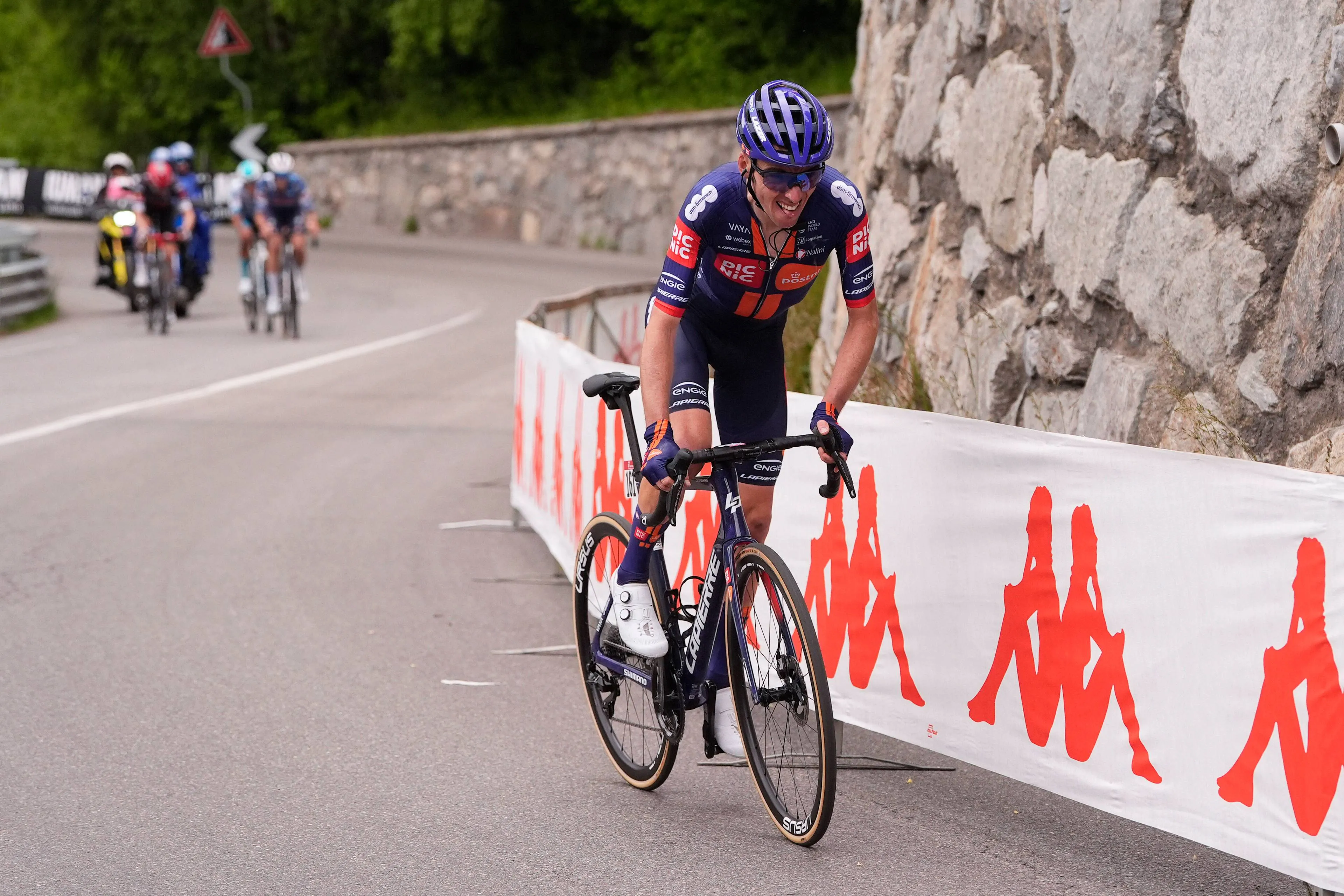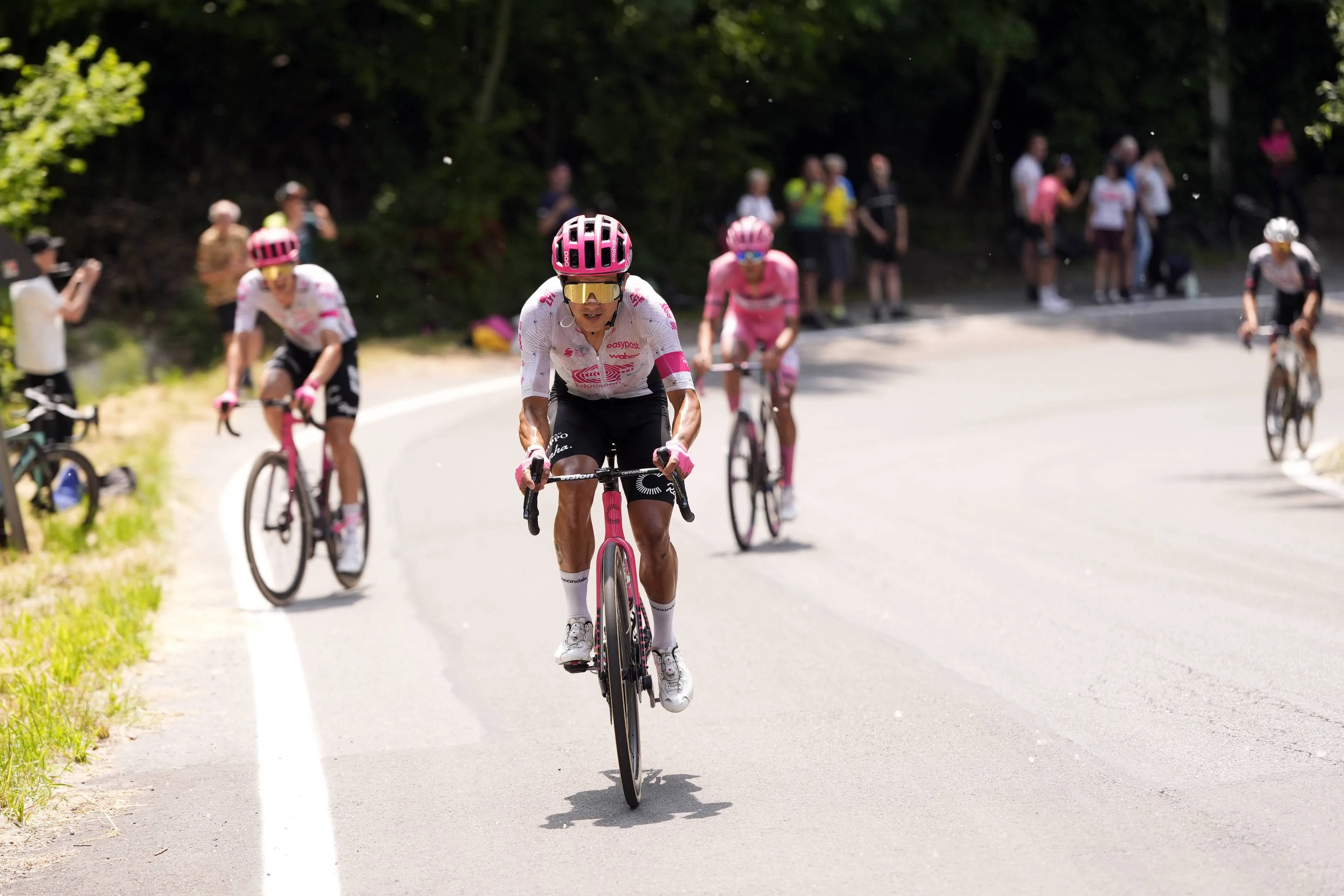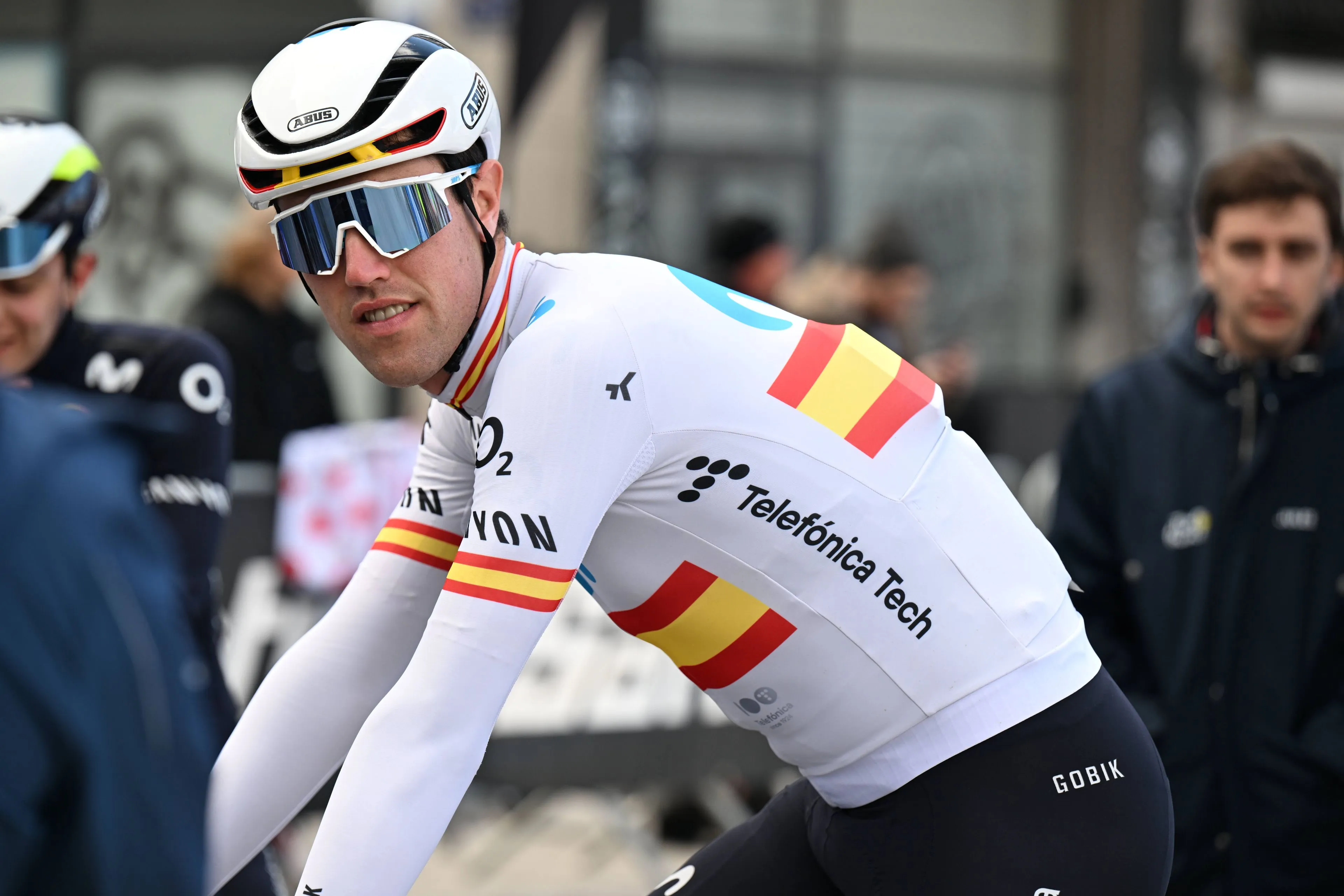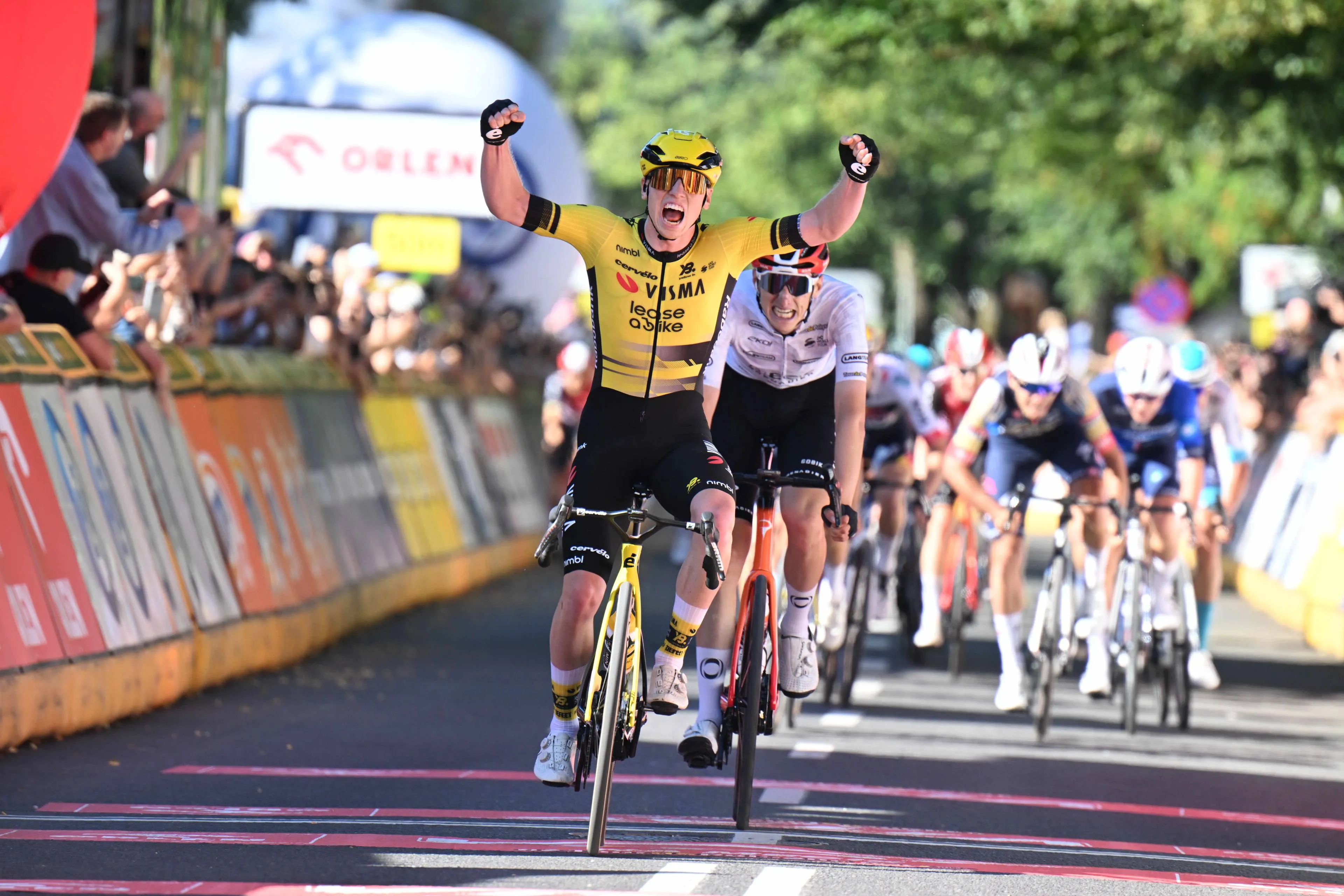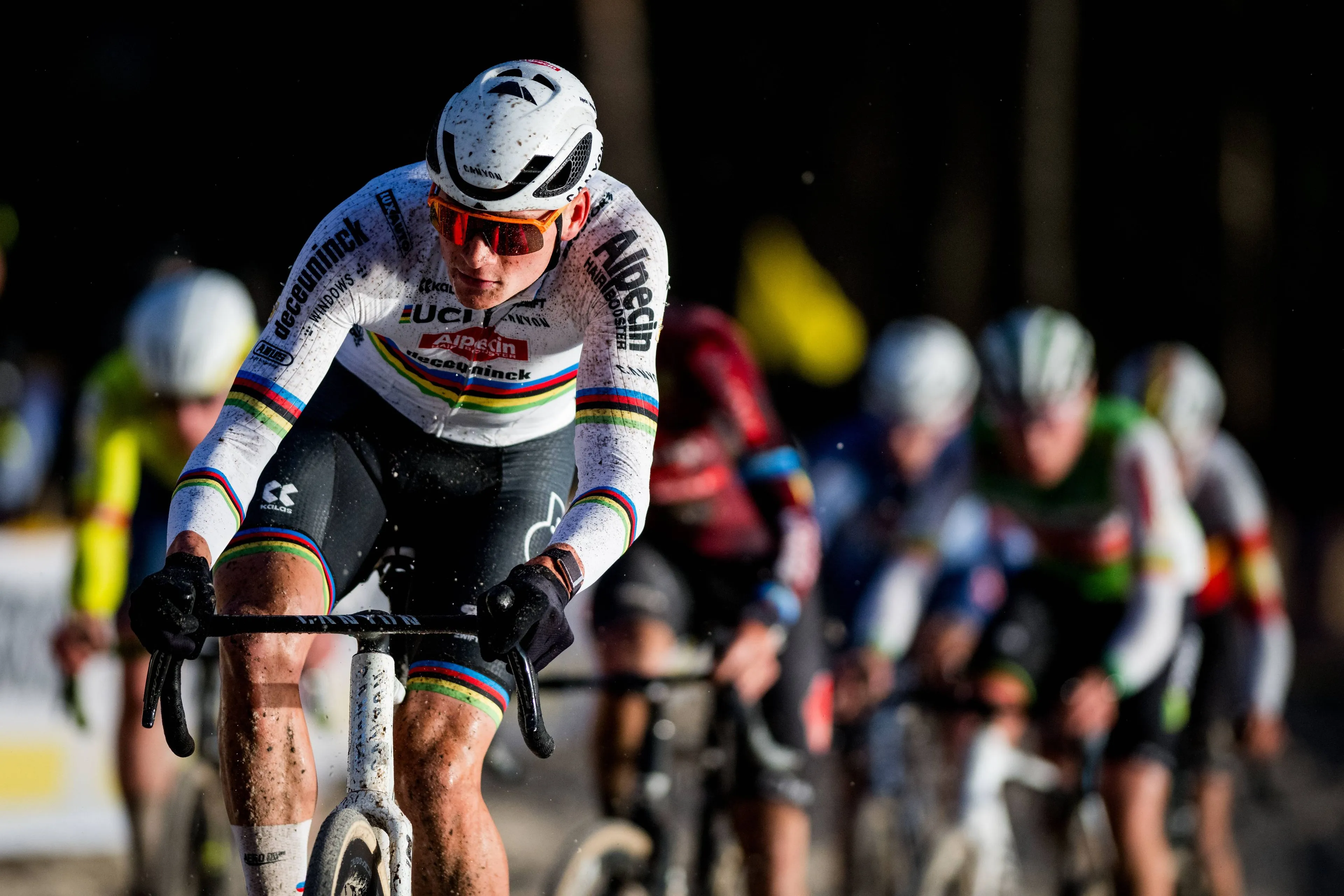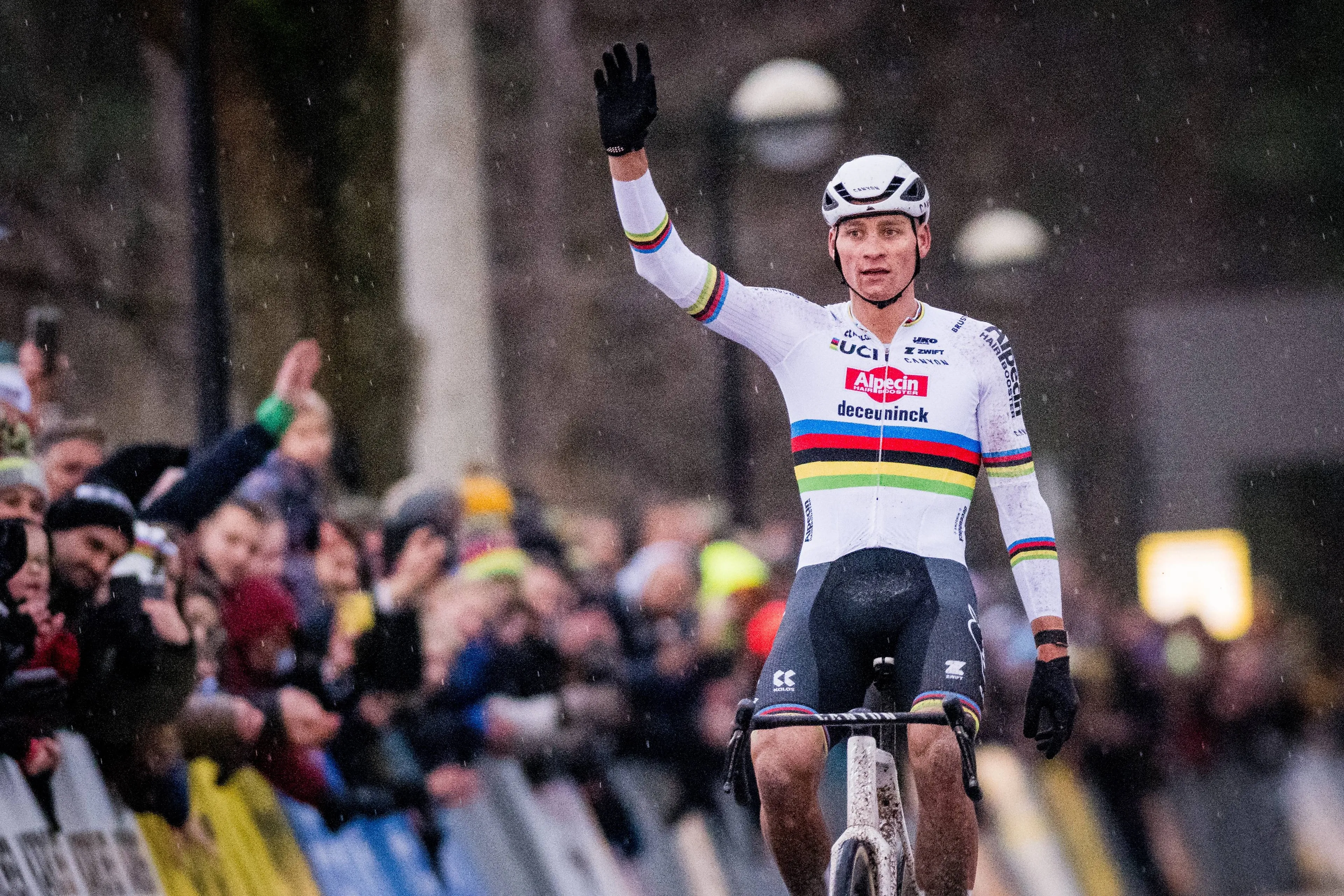What do Tadej Pogacar, Simon Yates, Primoz Roglic and more have in common? Grand Tour racing has already changed in front of our eyes
CyclingTuesday, 03 June 2025 at 12:30
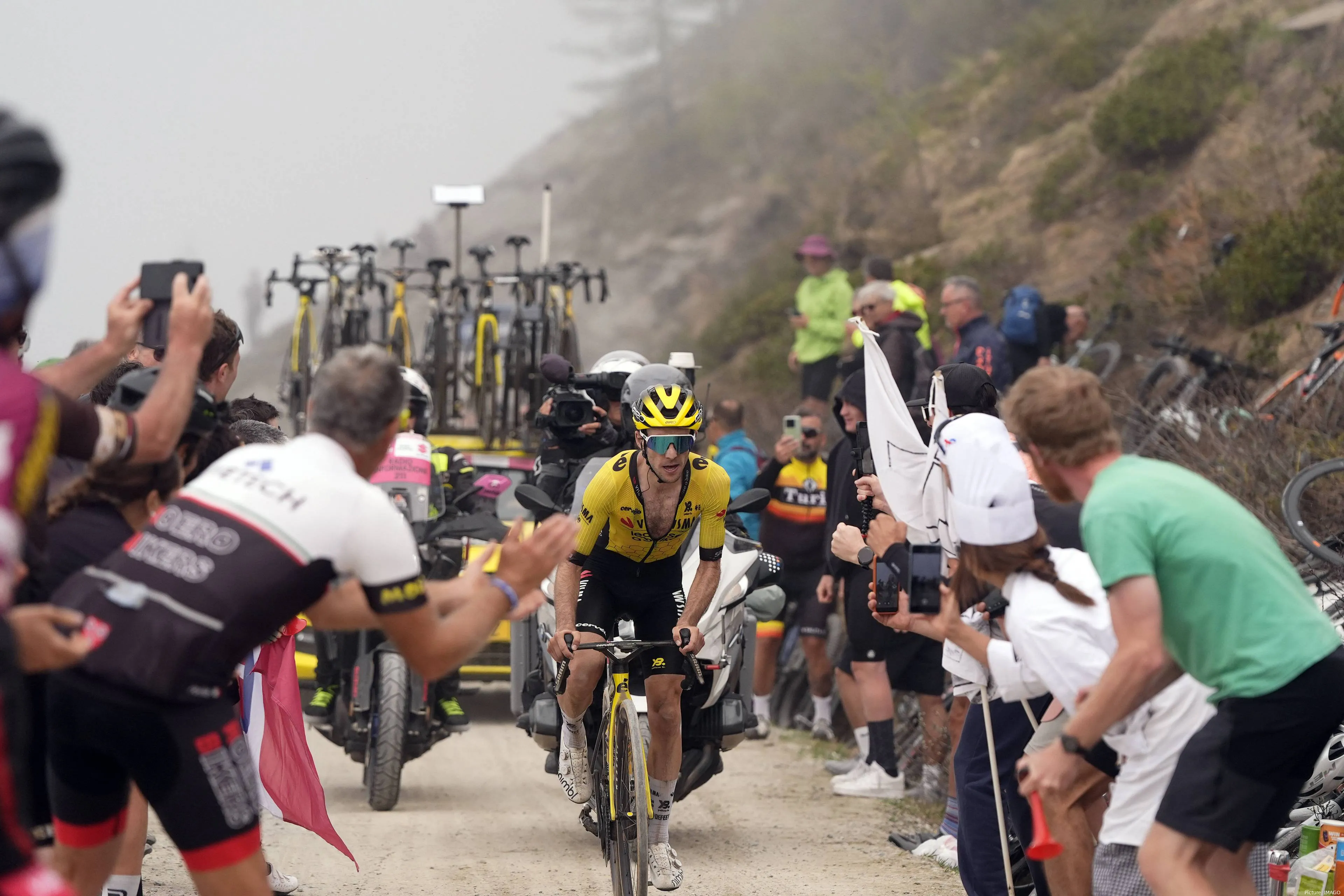
Grand Tour racing is an art, that does not only require riders to have their very best climbing and time-trialing level in order to fight for wins, but also the ideal preparation. What was almost unthinkable a decade ago now seems to be the most efficient way of preparing for a Grand Tour. Simon Yates has used a formula previously used by the likes of Tadej Pogacar and Simon Yates to conquer the Giro d'Italia.
This is regarding the training-racing relation before the start of the Grand Tours. It is now not uncommon to see riders taking on only one day of racing - Liège-Bastogne-Liège - before starting the Giro d'Italia aiming for victory, but what we see now is that Yates - like more riders - chose to not race at all in anticipation to the Giro.
The idea of racing to get the 'race rhythm' nowadays is completely different in the peloton. Whilst for classics riders and sprinters it may differ, more and more Grand Tour contenders rely fully on training when it comes to the preparation for their biggest goals of the season. And the idea of racing beforehand to 'get sharp' and get that race rhythm seems to be fading into cycling's history books.
Read also
Whilst it is something that many will likely stick to until the end of their careers, the truth is more and more riders are doing the opposite, and with great success. This has become clear in week-long stage-races, but more so in Grand Tours now as well. The biggest question mark to the effectiveness of this method was the 2024 Tour de France.
Tadej Pogacar rode the Giro d'Italia, which in theory would've create a large amount of fatigue that could then become an issue during the Tour. What we saw was a Pogacar literally stronger than ever at the Tour, dominating a race with the strongest possible field of rivals. Not only did he not look fatigued, but his climbing performances broke records.
And the same applies to Jonas Vingegaard, who crashed at Itzulia Basque Country and spent almost three months away from racing before returning to the peloton at the Tour itself and right from the first days put in extremely high wattages. Both riders have, at Plateau de Beille, reached power numbers that continue to send shock waves through the peloton - arguably career-best performances for both them and Remco Evenepoel.
Read also
More and more though this is becoming the norm, riders simply do not race before the Grand Tours they go on to win. Sepp Kuss has won the 2023 Vuelta a España after completing both Giro and Tour where he played pivotal support roles for his leaders. In 2024 Primoz Roglic crashed out of the Tour de France, spent over a month in doubt of participating in the Vuelta in the first place, but arrived with stellar form and won the race outright.
At the Giro we have the same. Back in 2021 Egan Bernal raced Tirreno-Adriatico in mid-March and then spent almost two months away from the peloton before going on to win the Giro. Primoz Roglic has done similar in 2023, racing the Volta a Catalunya before taking the pink jersey with a memorable time-trial up Monte Lussari. This year, although they have abandoned, both Roglic and Juan Ayuso - the initial main contenders for the overall win - raced Catalunya and then exclusively trained ahead of the Corsa Rosa.
This year Richard Carapaz, Einer Rubio and Egan Bernal did the same towards the Giro amongst those who finished in the Top10, and... Simon Yates. The Briton rode Tirreno-Adriatico and the Volta a Catalunya in March and nothing else. His performances were modest in the spring, but his racing in the Giro then seemed to benefit from the freshness that he might have come into the Giro.
Most likely, besides lowering the risk of crashes, riders now opt to do so in order to have tailor-made preparations, which nowadays are able to mimic the stimulus of racing in peloton. But most importantly, they likely come as a way to keep the riders both physically and mentally fresh into the final week of Grand Tours.
Compare that with the year 2020 (a special one, of course) where Tadej Pogacar in the month leading up to his maiden Tour win raced Strade Bianche, Milano-Sanremo and the Criterium du Dauphiné all at a high level.
Read also
claps 5visitors 3
Just in
Popular news
Latest comments
- unfortunately for Nys, he raced as well as he can. And MVDP had plenty of room to improve.mij15-12-2025
- God isn't real. Thankfully we have Tadej!!!Veganpotter15-12-2025
- He did pretty well with the bike handling, but it may be too short of an effort to win at the top.Veganpotter15-12-2025
- That last paragraph, you can practically hear him smiling, admiring, maybe with a sense that it's predictable -- but isn't it also amazing?!RidesHills15-12-2025
- Doubt it, no-one was against PT and the board put Adams back in his place with his agenda. People who care can tell the difference.Jumpyjohn14-12-2025
- Few teams left with money and stability, the better riders can’t pick and choose anymore, you take what comes.Jumpyjohn14-12-2025
- He k another race off Pogi's list of winsmd197514-12-2025
- Wrong Choice. they cannot reconcile between Pedersen and Milan and Ayuso and Skejlmose, He will be in no man's landabstractengineer14-12-2025
- I like see him compete against Ayuso at Vuelta.
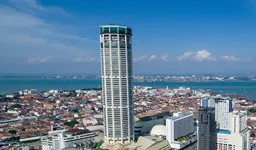 KerisVroom14-12-2025
KerisVroom14-12-2025 - They'll be the new target for protests, even if Adams isn't involved. Just being tied to that team is a really bad idea. Its probably going to hurt Canyon too.Veganpotter14-12-2025
Loading
Write a comment
